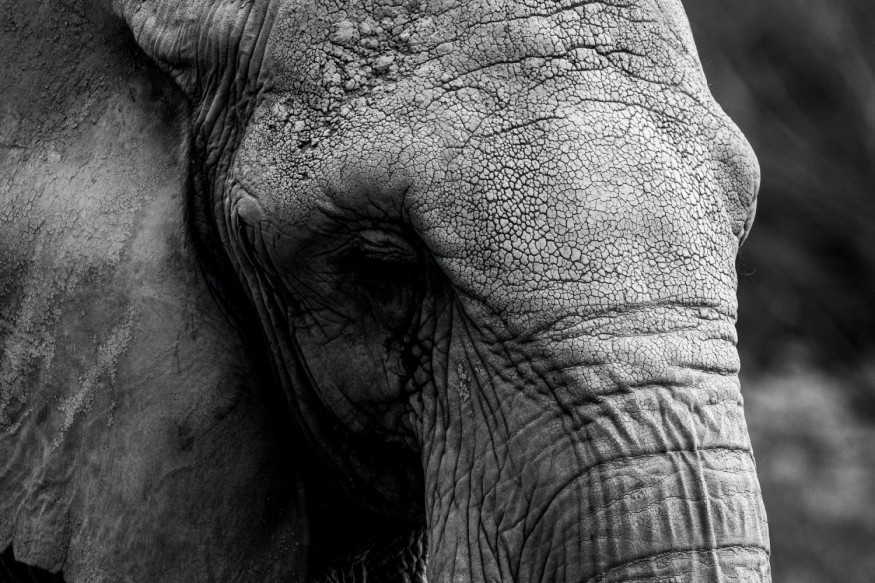Bizarre ancient mammals once wandered Earth after appearing for the first time over a hundred million years ago. Paleontological data indicate, these pre-historic animals lived with dinosaurs until most their species went extinct along with the giant reptiles approximately 66 million years ago following the impact of the Chicxulub asteroid.
First Mammal Emergence

Appearing for the first time at least 178 million years ago, mammals have diversified along the evolutionary line from members of the reptilian order Therapsida around the Triassic Period from 252 million to 201 million years ago.
The therapsids belong to the subclass Synapsida, often called as the mammal-like reptiles, in the animal kingdom.
Scientific evidence available shows that it will take a long time before the resemblance between mammals and reptiles are clearly distinguished, as we them in contemporary times.
Less than a century ago, our understanding of mammalian evolution was compared to be similar exploring the universe using a primitive telescope. Now, cutting-edge technology in the field of genetics and new fossil discoveries, as well as new tools, to determine the distance past never seen before, according to National Geographic.
Here are five bizarre ancient mammals amongst the myriad of pre-historic mammals, as compiled by sciencefocus.com:
Morganucodon
The ancient mammal called Morganucodon lived around 205 million years ago and was one of the first mammals to live alongside the first dinosaurs.
It had a size similar to a mouse and had characteristics similar to the most conventional features of mammals of today, including hair or fur, large brains, specialized teeth, and super-sensitive ears.
Repenomamus
The Repenomamus lived around the Cretaceous period at about 125 million years ago, still within the age of dinosaurs. It is one of the largest mammals at that time.
A previous archaeological discovery of its fossil shows its stomach contain baby dinosaur bones.
Cimolestes
The so-called Cimolestes mammals also lived during the Cretaceous period, particularly around 66 million years ago right before the asteroid strike.
Also known as the "Cretaceous robber," these small mammals are a genus of basal, non-placental eutherians and their fossils have been found in North America, according to Global Biodiversity Information Facility (GBIF), as cited by mindat.org and the Hudson Institute of Mineralogy.
Wortmania
Wortmania is also known as a taeniodont, a member of the "archaic" placental groups which took over after the dinosaurs went extinct. The ancient animal used its clawed forearms to dig through dirt. In addition, its large jaws and canines allowed it to chunk tubers and other hard-to-eat- food.
Eoconodon
The Eoconodon is an extinct genus of the triisodontid mesonychid family during North America's early Paleocene period. They are reportedly considered "terrors" of the said geologic time. The triisodontid has been considered to be a top predator in its ecosystem.
In modern times, the ancient mammal is compared to the size of a house cat, but with large jaws, robust canine teeth and bulk build.
In 2005, a study was published in the Journal of Vertebrate Paleontology, showing the discovery of Eoconodon (Triisodontidae, Mammalia) New Mexico, United States.
© 2025 NatureWorldNews.com All rights reserved. Do not reproduce without permission.





